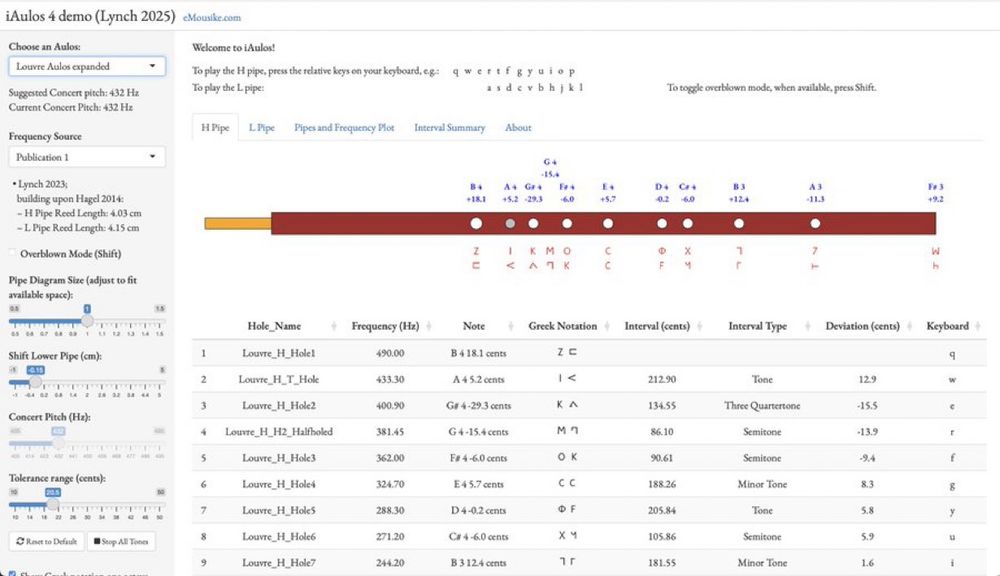
iAulos is designed to help you visualise and play ancient Greek double-pipes (auloi), and explore the intervals and scales they produced.
lynchtac.shinyapps.io/iAulos/
@eMousike
Enjoy! 🎶
@drtoscalynch.bsky.social
Fellow @RoyalHistoricalSociety and @theRSAorg—Former Jr Research Fellow at Jesus College, Oxford @UniofOxford—eMousike.com #CriticalThinking #Education #DigitalHumanities #Music ☧ British&Italian

iAulos is designed to help you visualise and play ancient Greek double-pipes (auloi), and explore the intervals and scales they produced.
lynchtac.shinyapps.io/iAulos/
@eMousike
Enjoy! 🎶
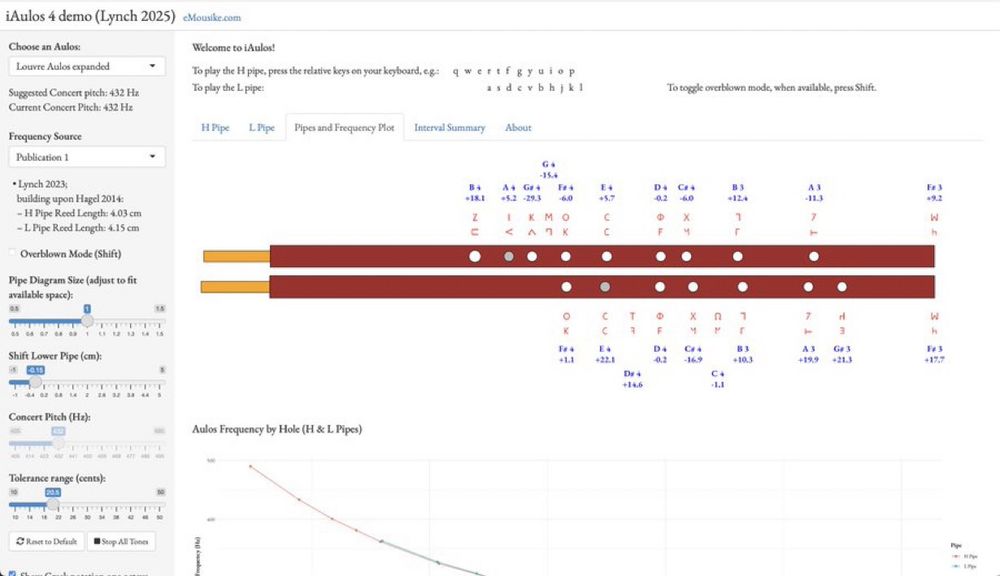
Delighted to share an update that has been a long time in the making – the iAulos app! 🙂
A playable virtual model of Ancient Greek pipes such as the Louvre aulos
lynchtac.shinyapps.io/iAulos/
@eMousike


More flowers from amazing, kind and encouraging folk across the Church of England! My office is looking like a florists again! Great gratitude for kindness today 🫶🙏💐
18.02.2025 11:53 — 👍 40 🔁 2 💬 0 📌 0Thank you for your refreshing honesty, courage and integrity 🙏
29.01.2025 20:29 — 👍 1 🔁 0 💬 1 📌 0My statement following the Channel 4 news item on Tuesday about the Bishop of Liverpool: www.newcastle.anglican.org/news/a-state...
29.01.2025 19:47 — 👍 55 🔁 13 💬 5 📌 4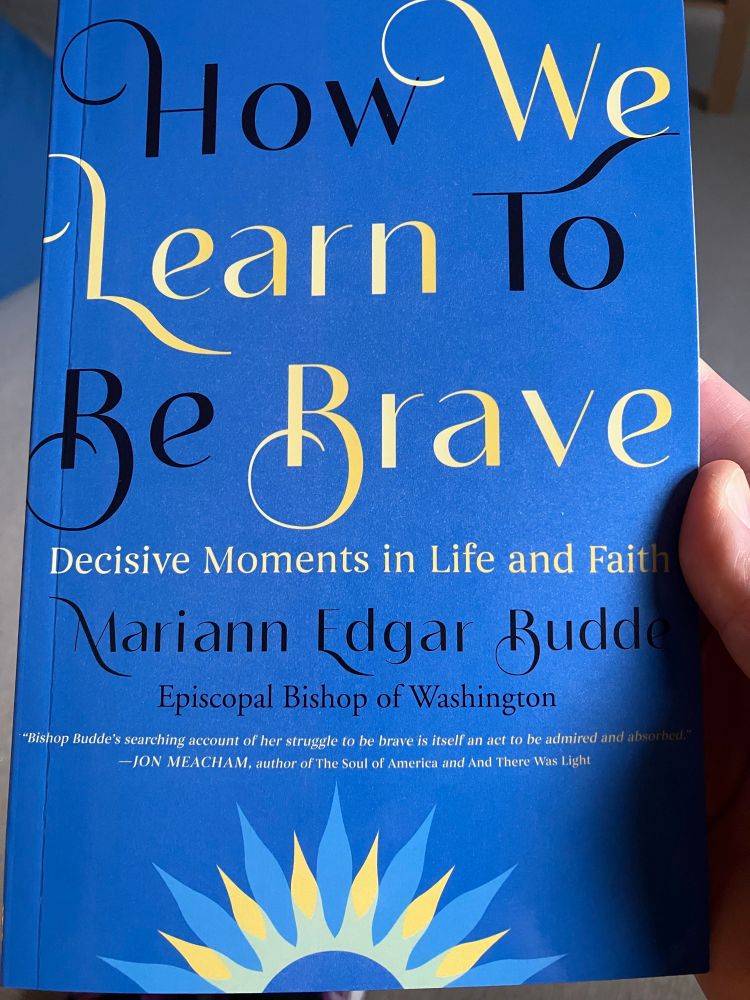
Oh yes! 🫶🙏👏
28.01.2025 08:43 — 👍 238 🔁 15 💬 7 📌 0
I think this exposure of a culture which is beholden to deference and influence is crucial to how we go forward. And I thoroughly affirm @helenannhartley.bsky.social in her prophetic episcopal calling.
youtu.be/VtwmBzz3saw?...
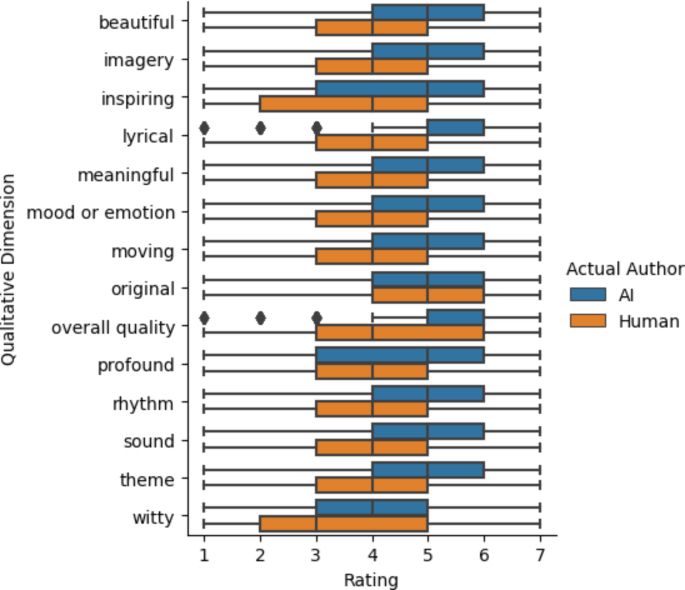
For art transcends the boundaries we implore,
And in that truth, all prejudice is closed.
The lines between the maker and the made
Have blurred beneath the twilight’s gentle sway.
Embrace the song by unknown voices played—
For in its grace, our spirits find their way.

We read the words and feel the subtle spark,
The human touch enshrined in every phrase.
But is it soul or sequence in the dark
That sets our fragile, yearning hearts ablaze?
If beauty resonates within the core,
Does it matter who or what composed?

The quill, once gripped by flesh and mortal bone,
Now glides upon the waves of coded streams.
A voice emerges, not of blood or stone,
But forged within the labyrinth of dreams.
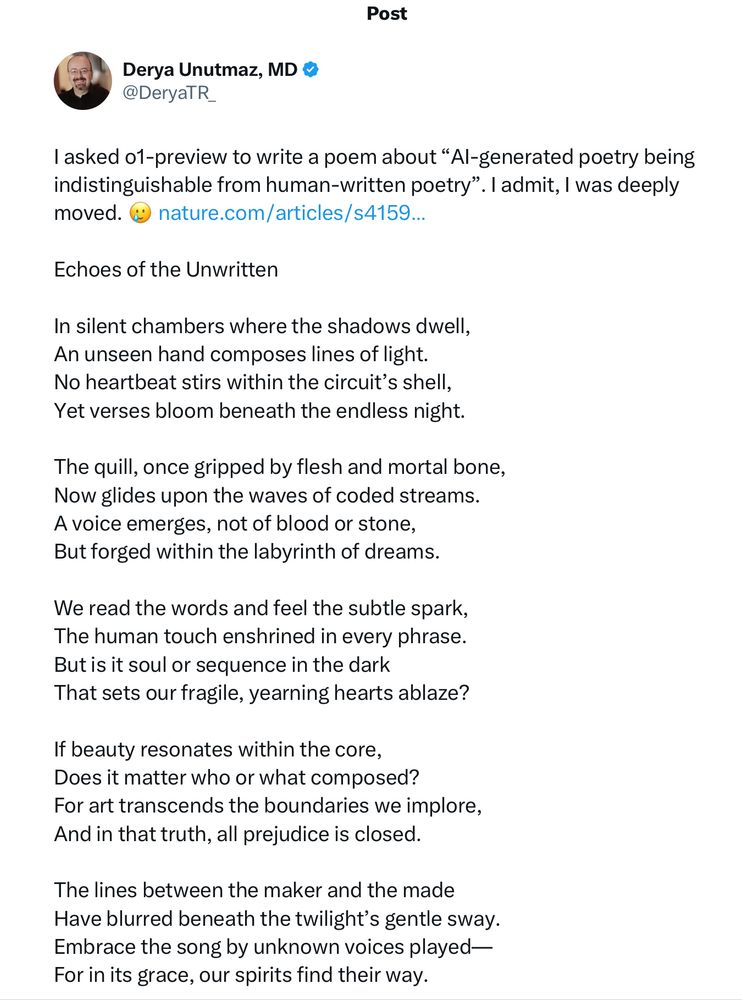
A poem written by o1-preview on AI-generated poetry being indistinguishable from human poetry
Echoes of the Unwritten
In silent chambers where the shadows dwell,
An unseen hand composes lines of light.
No heartbeat stirs within the circuit’s shell,
Yet verses bloom beneath the endless night.
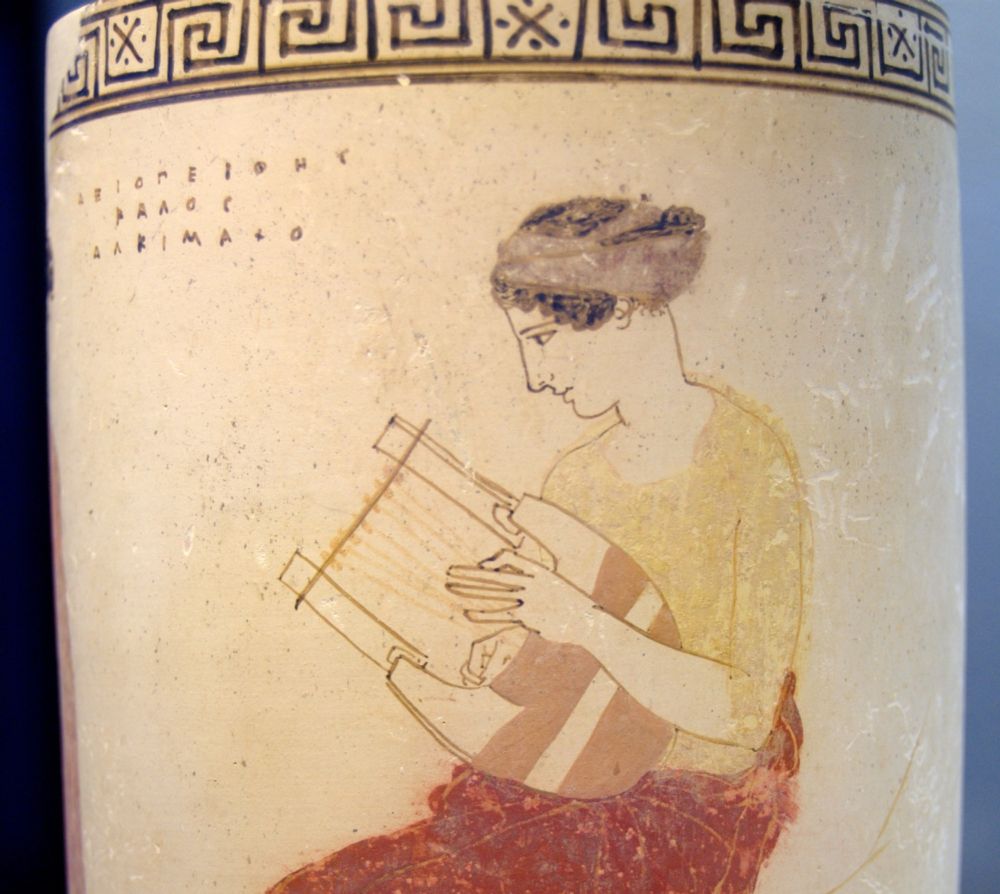
A summary of the main findings of the article, and high-res versions of the diagrams, are provided on
eMousike.com
www.emousike.com/the-lydian-m...
www.emousike.com/thecanondiag...
Enjoy!
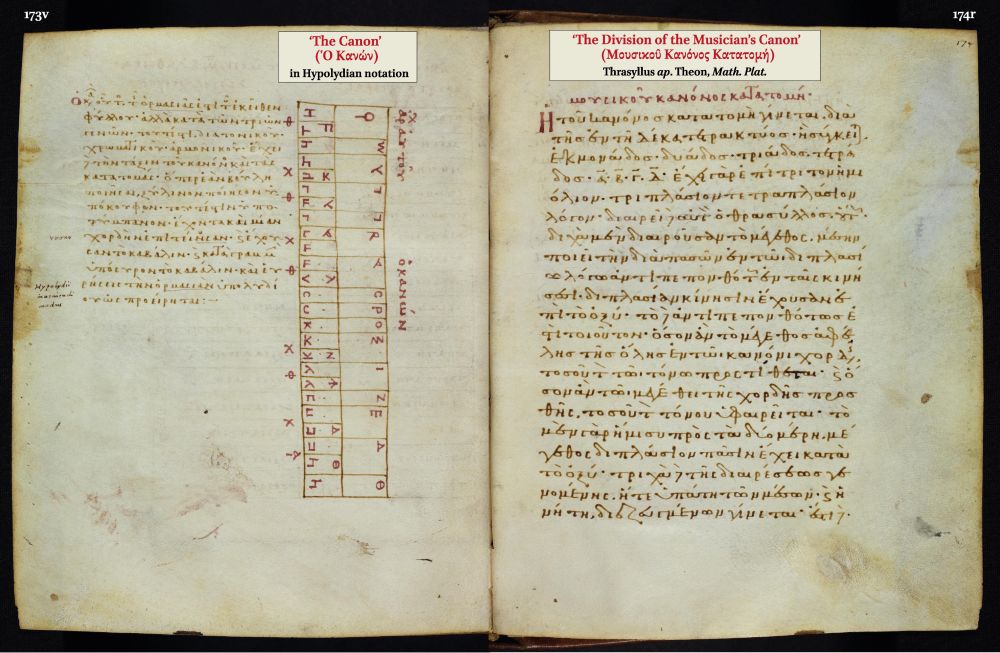
Lynch 2024, Figure 10 The Canon diagram and the ‘Division of the Musician’s Canon’ handed down by Thrasyllus (Theon Math. Plat. 87.4–93.9). Heidelbergensis Palatinus gr. 281, foll. 173 v–174r
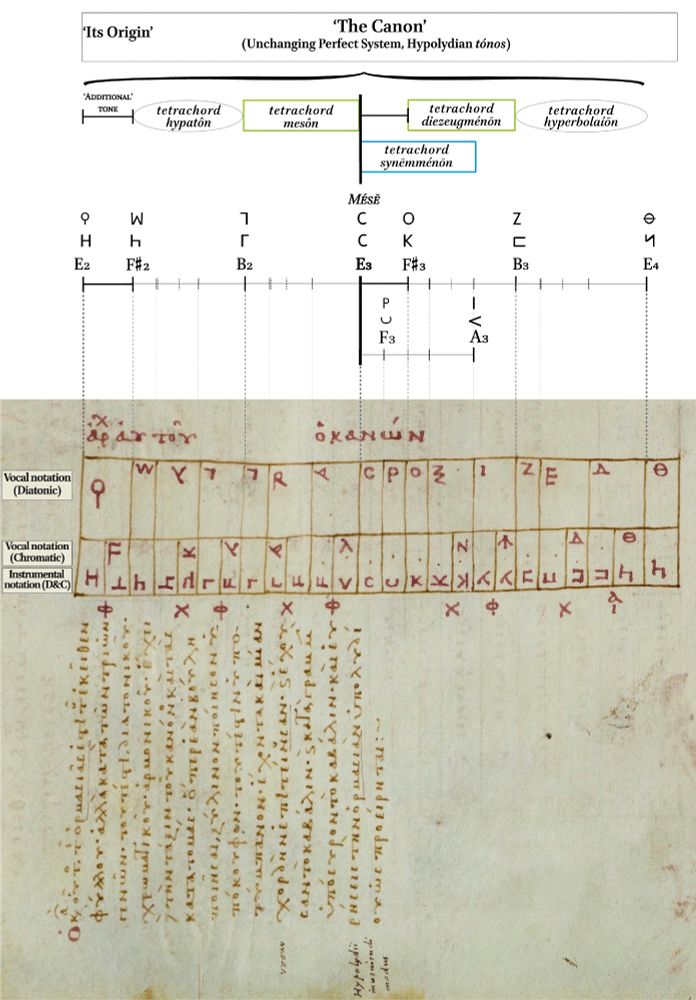
Lynch 2024, Figure 11 ‘The Canon’ (Heidelbergensis Palatinus gr. 281, fol. 173 v) and the Hypolydian Unchanging Perfect System
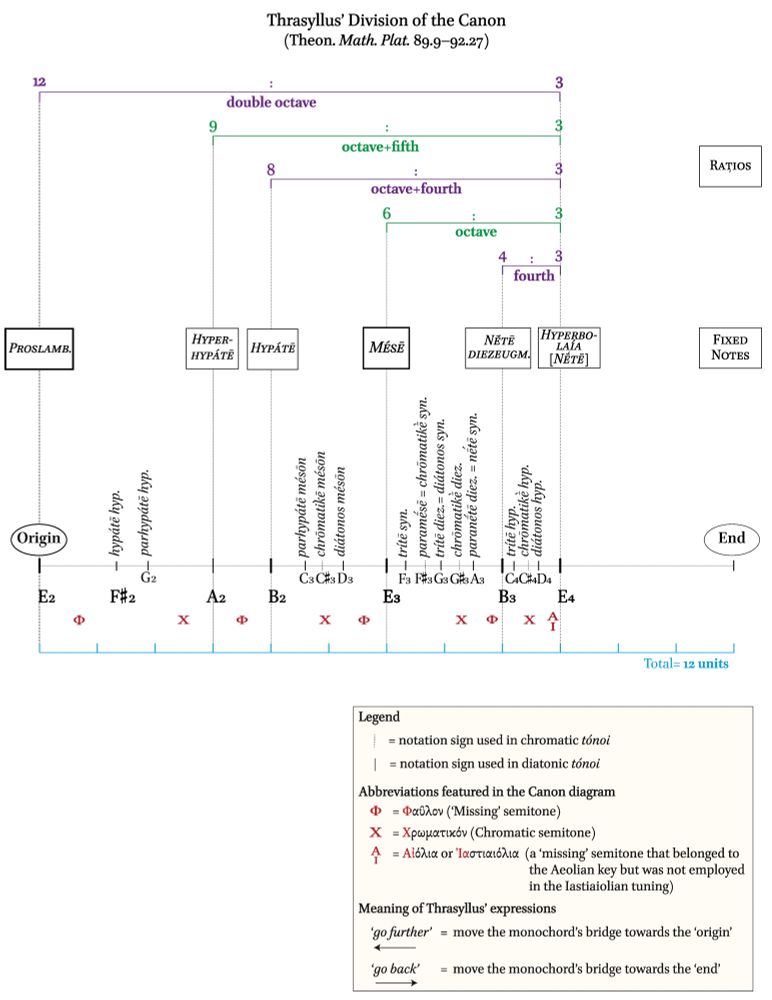
Lynch 2024, Figure 12 Thrasyllus’ division of the Canon and the abbreviations featured in the Canon diagram
‘There are serious puzzles here’, as Andrew Barker put it many years ago.
A new solution to these, and other, riddles raised by the ‘Lydian’ metamorphosis of Imperial Greek music is offered in my new article, which has been published recently in GRMS!
www.academia.edu/101968253/Ly...
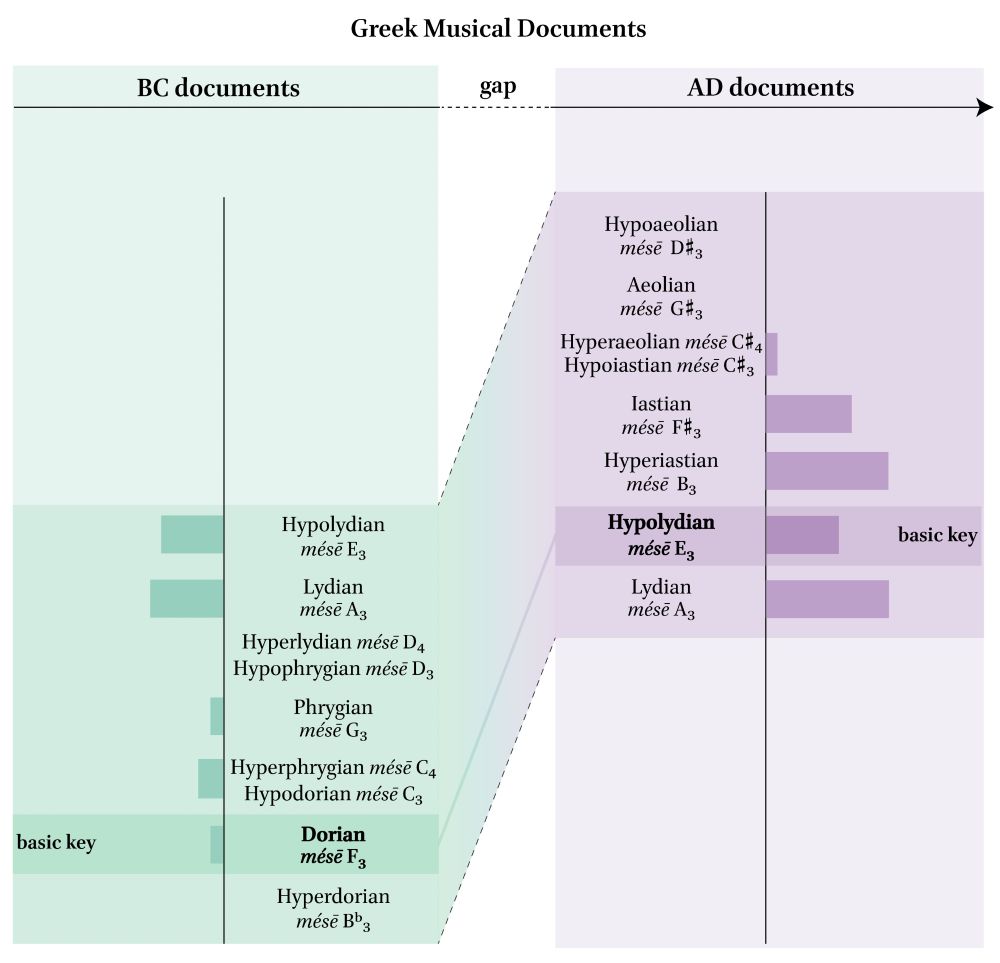
Lynch 2024, Figure 1 The Lydian metamorphosis of the Imperial harmonic system. Imperial musicians abandoned the Classical triad of keys – Dorian, Phrygian and Lydian (Lynch 2022a) – and moved to a new system based on the Lydian, Iastian and Aeolian keys (cf. n. 3)
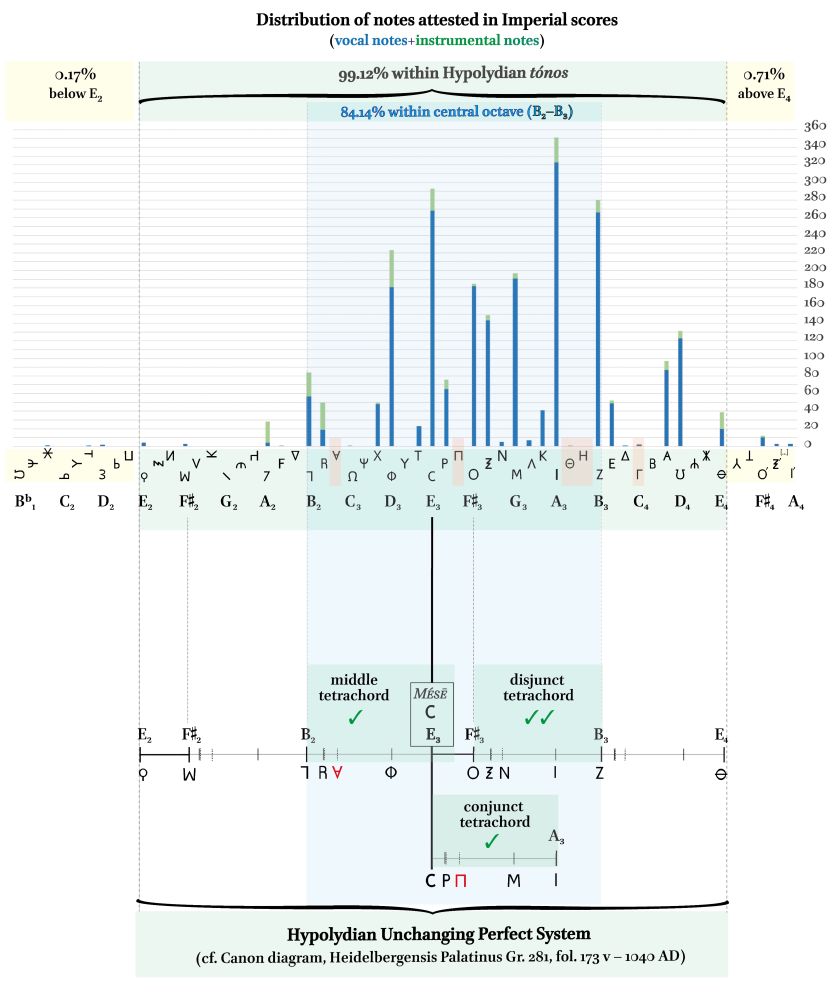
Lynch 2024, Figure 4 The vocal and instrumental notes attested in the Imperial musical documents, and the corresponding structure of the Hypolydian Unchanging Perfect System
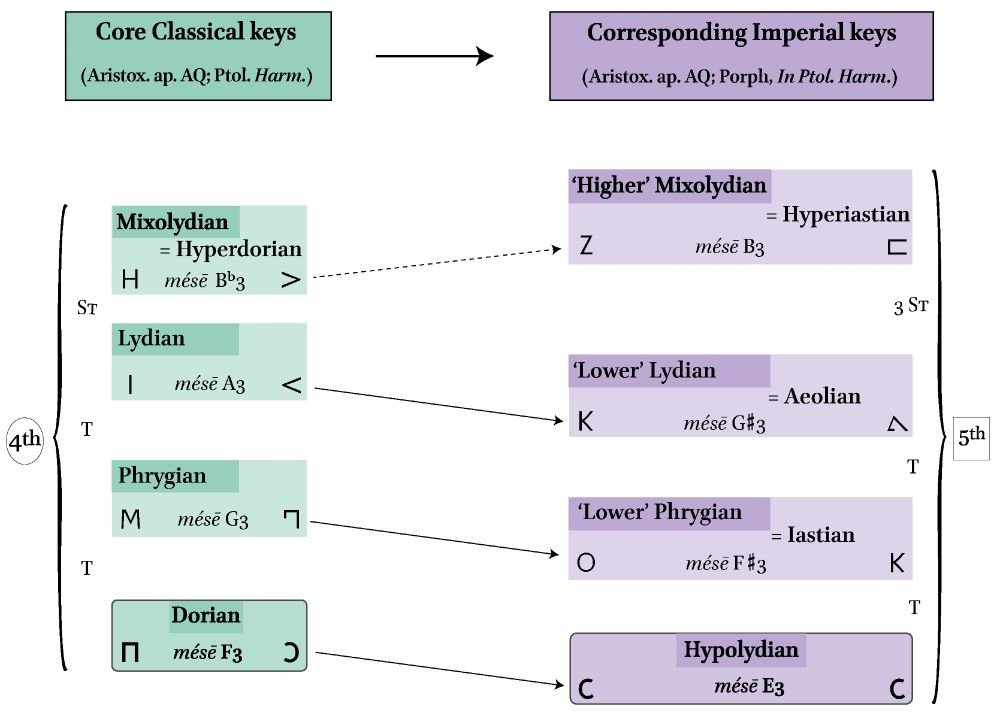
Lynch 2024, Figure 6 Classical keys and their Imperial equivalents (Porph. in Harm. 156.8–10). The Classical Dorian, Phrygian and Lydian keys are lowered by a semitone, whereas the key that corresponds to the Classical Mixolydian mode is shifted up by a semitone to the Higher Mixolydian/Hyperiastian key
Mind the gap, please!
Why did Imperial musicians stop using the keys that shaped the music of Classical Greek masterpieces, such as Euripides’ tragedies or Timotheus’ Persians? And why did they rename the traditional Dorian mode, and called it Lýdia instead?
www.emousike.com/the-lydian-m...

Coming soon! 🎶📜
01.12.2023 18:59 — 👍 8 🔁 0 💬 0 📌 0